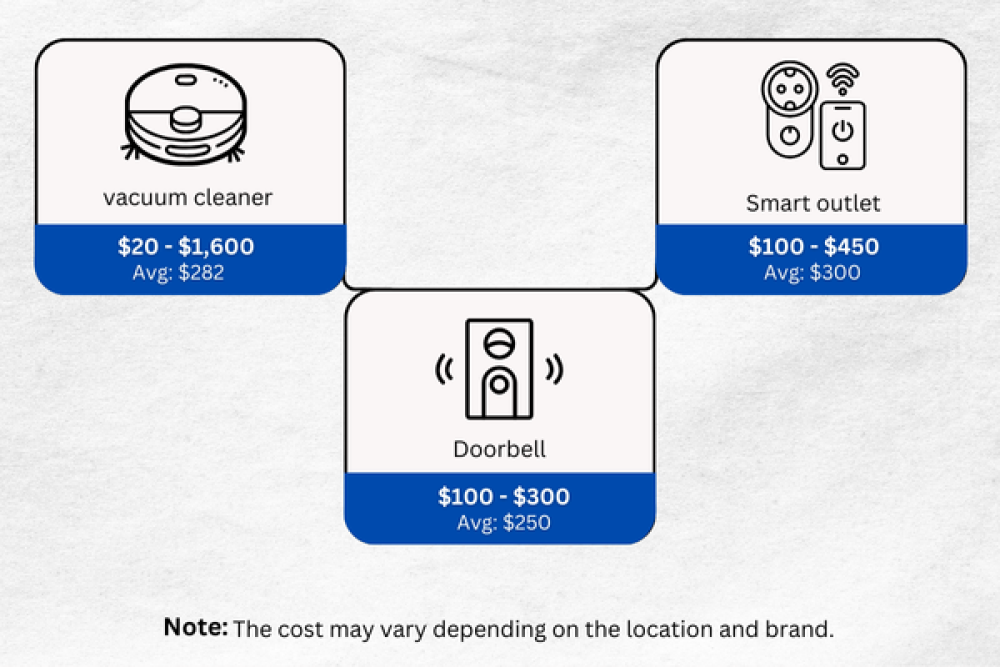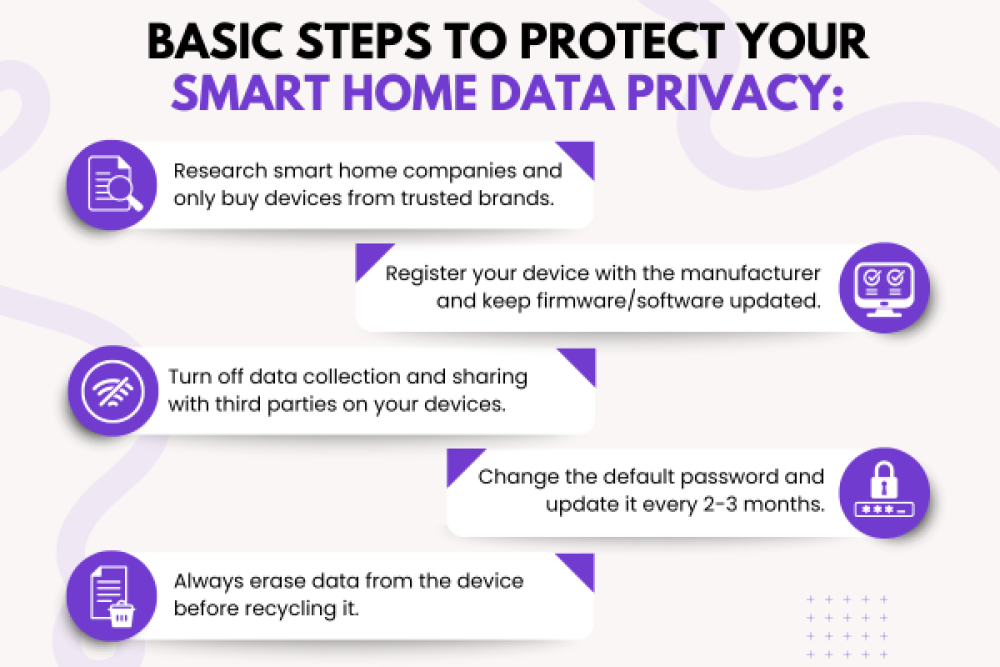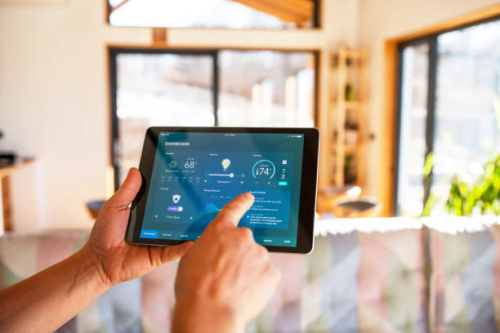Common Myths About Home Automation

As technology continues to advance, smart home solutions are becoming more popular—especially in fast-paced cities like Los Angeles. However, as with any emerging innovation, several misconceptions surround home automation. Whether it’s the perceived cost, the potential impact on energy bills, or the complexity of setup, these myths often discourage homeowners from exploring the convenience of smart home systems.
If you’re uncertain about embracing home automation, here are a few of the most common myths and why they’re unfounded. Read on to discover the real facts and learn what you might be misunderstanding about incorporating smart devices into your home for greater convenience and efficiency.
5 Common Myths About Home Automation — Busted!
1. It’s too expensive
One of the most pervasive myths is that home automation comes with a hefty price tag. Many people assume that installing smart features will break the bank—but that’s simply not true!
Smart home systems have become more affordable in recent years, allowing almost anyone to add automation without going over budget. Plus, you don’t need top-of-the-line technology to enjoy the benefits; even basic devices can provide a level of automation without costing a fortune.
For example, you could start with smart switches, smart plugs, smart lighting, or a smart doorbell. These are all budget-friendly and far less expensive than fully automating your entire home. When you partner with a reputable provider of smart home automation for instance in Los Angeles—like Pro Tech Smart INC—you’ll find quality solutions at rates you can trust.

2. It uses a lot of energy
Another widespread myth is that a smart home setup consumes a large amount of energy, mainly because it may involve multiple devices. In reality, the opposite is true.
While smart devices do need some power to operate, they are specifically designed with efficiency in mind. In fact, a smart home can use 30% to 40% less energy than a traditional home, helping you cut back on power consumption.
For instance, smart lighting often uses LED bulbs, which require about 75% less energy than traditional bulbs (source: energy.gov). Smart thermostats, on the other hand, regulate your home’s temperature based on occupancy and preferences, ensuring that heating or cooling doesn’t run unnecessarily. Google’s Nest thermostat alone can save an average of 12% on heating and 15% on cooling costs (source: store.google.com).
Many other smart systems allow for dimming or switching off lights automatically, as well as unplugging certain appliances when not in use. In short, home automation can help you reduce waste and lower your monthly bills by monitoring and controlling energy use more effectively.
3. It’s hard to set up and use (or only for techies)
Not at all! Although smart home solutions rely on technology, they are designed for ease of use, so you don’t have to be a tech expert to install or operate them. Contrary to what some believe, setting up and managing these devices is actually quite straightforward.
Most smart home systems come with simple, step-by-step instructions:
Choose a smart home hub.
Add your preferred devices (e.g., smart lights, smart locks).
Follow the provided setup instructions.
Connect your devices to a voice assistant if you like.
Customize your settings, and you’re all set.
Controlling these devices is even simpler. You can often manage your entire home through a single interface on your smartphone or tablet. With just one tap, you can adjust the lights, lock the doors, or change the thermostat settings. This user-friendliness is one of the greatest advantages of home automation.
4. It’s only for new homes (or requires renovation)
Some homeowners believe that smart home systems are only viable in new builds or require extensive renovations. They may think each device needs complex wiring or specialized electrical work.
Fortunately, that’s no longer the case. Most current smart devices are wireless, so there’s no need for structural changes. You simply connect them to your home’s Wi-Fi network and follow a few quick steps from your provider. These devices can fit seamlessly into older homes just as well as new ones—no remodeling required.
5. It isn’t secure
Lastly, in cities with higher crime rates like Los Angeles, some worry about home automation posing a security risk or compromising privacy. While smart devices do gather data to provide automated features, they are built with security in mind.

From advanced encryption to strict protocols, manufacturers take multiple measures to protect your privacy. Used correctly, devices such as CCTV cameras, smart alarms, and glass-break sensors can actually make your home even safer. To maintain top-notch security:
Keep your devices’ firmware up to date.
Use strong passwords and change them regularly.
Enable multi-factor authentication.
Disable data-sharing with third parties.
Monitor your home network frequently.
The Bottom Line
Smart home solutions bring significant advantages in terms of safety, energy savings, and daily convenience—benefits that far outweigh the unfounded myths. While many worry about the initial cost, automation can actually reduce expenses over time. A single tap on your phone can manage everything from lighting to climate control, and most systems require minimal setup without structural alterations.
When it comes to security, these solutions are designed to protect your data and can make your home even safer than before. Don’t let common misconceptions prevent you from reaping the rewards of smart home technology. Embrace home automation for an easier, more efficient, and more secure living environment.


